Could dark energy be caused by a reaction to what’s in the Universe?

The force of empty space isn’t always zero. Here’s how an electromagnetic experiment might be the key to dark energy.
“Another very good test some readers may want to look up… is the Casimir effect, where forces between metal plates in empty space are modified by the presence of virtual particles.” –Gordon Kane
Most of the forces and phenomena in the Universe have causes that can be easily uncovered. Two massive objects experience a gravitational force due to the fact that spacetime is curved by the presence of matter and energy. The Universe has expanded as it has over its history because of the changing energy density of the Universe and the initial expansion conditions. And all the particles in the Universe experience the interactions they do because of the known rules of quantum field theory and the exchange of vector bosons. From the smallest, subatomic particles to the largest scales of all, the same forces are at play, holding everything from protons to people to planets to galaxies together.
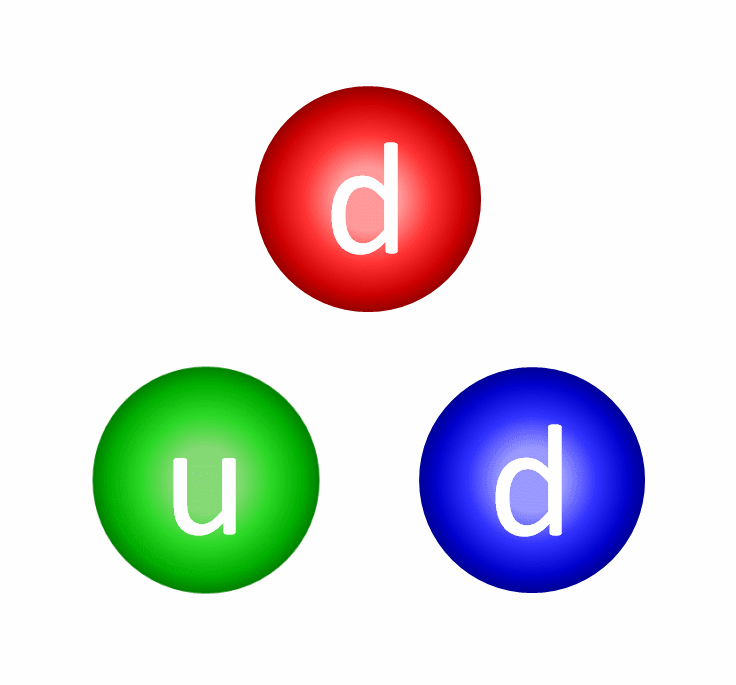
Even some of the more mysterious phenomena have underlying explanations that are well-understood. We don’t know how there got to be more matter than antimatter in the Universe, but we know that the conditions we need for it — baryon number violation, out of equilibrium conditions and C and CP-violation — all exist. We don’t know what the nature of dark matter is, but its generic properties, where it’s located and how it clumps together is well-understood. And we don’t know whether black holes preserve information or not, but we understand the final and initial states of these objects, as well as how they come to be and what happens to their event horizons over time.

But there’s one thing we don’t understand at all: dark energy. Sure, we can measure the acceleration of the Universe, and determine exactly what the magnitude of it is. But why do we have a Universe with a non-zero value for dark energy at all? Why should empty space, devoid of everything — no matter, no curvature, no radiation, no anything — have a positive, non-zero energy? Why should it cause the Universe itself to expand at an always-positive, never-reaching-towards-zero rate? And why should that amount of energy that it has be so unbelievably tiny, that it was completely unnoticeable for the first few billion years of the Universe’s history, and only came to dominate the Universe around the time that Earth was being formed?

There’s a lot of empty space, and we know there are quantum fields all throughout it. There are no regions of the Universe where the gravitational, electromagnetic or nuclear forces can’t reach; they are absolutely everywhere. If we try and calculate what we call the vacuum expectation value (VEV) of the different quantum fields in there, we first off can only do it approximately, because there are an infinite number of terms we can write down that go to arbitrarily high order. If we truncate the series at any point, we can add up what the approximate contributions are, and we wind up very disappointed.
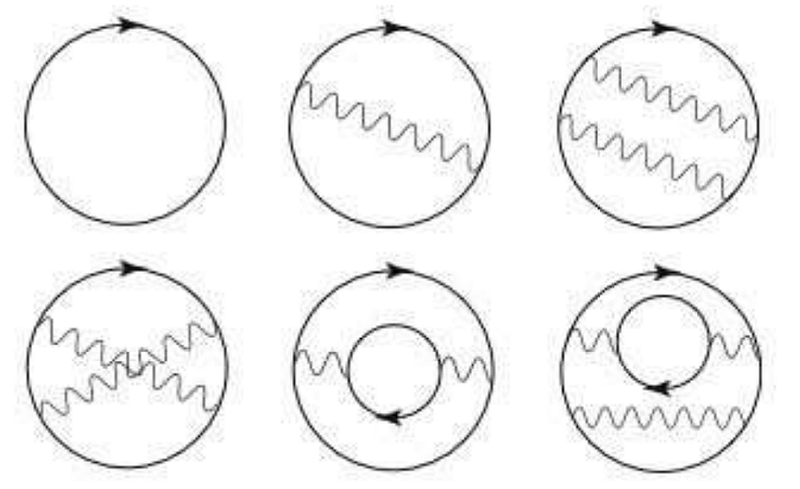
We wind up with contributions that are approximately 120 orders of magnitude too big, both positive and negative. As far as we can tell, they don’t cancel exactly, and even if they did, we still have that pesky observational problem that the Universe isn’t recollapsing, slowing down or asymptoting to a zero rate; it’s really, truly accelerating. Somehow there’s a small but non-zero energy inherent to space itself.
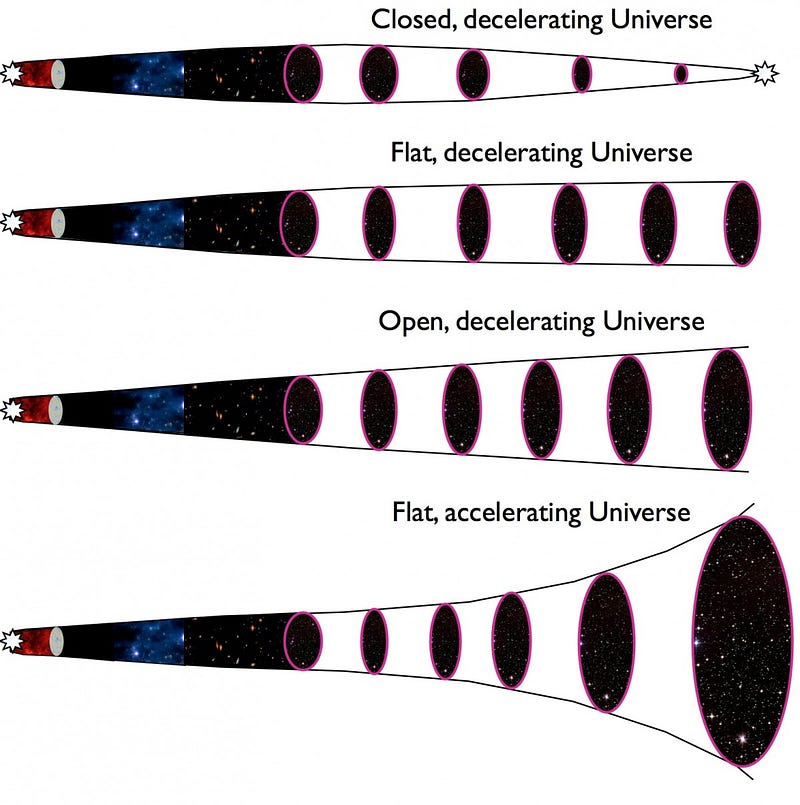
Perhaps the biggest theoretical question of all is why. We literally have no good explanation for what’s the cause of this dark energy. We recently looked at the possibility that it’s frozen neutrinos, or it could be a symptom of us having something wrong with the expanding Universe. But there’s another possibility that gets very little attention that ought to get a lot more: it could be a property of empty space itself that is caused by the presence of other things — effective boundaries — in the Universe.
And the reason this is possible is because this is an effect that we know exists: the Casimir effect.
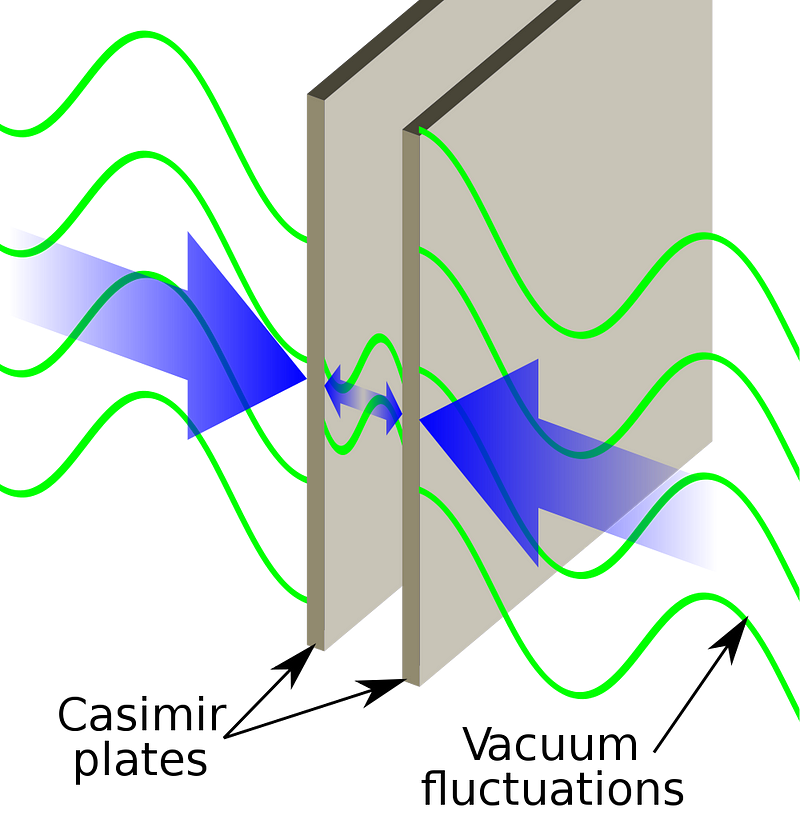
What’s the electromagnetic force of empty space? It’s nothing, of course. You wouldn’t even be wrong for saying that it’s nothing. But put two metal plates a finite distance apart, and then ask what the electromagnetic force is, and you find it isn’t zero! Due to the fact that some of the vacuum fluctuation modes are forbidden due to the boundaries of the plates, we not only predict but measure a non-zero force between these plates, arising from nothing other than empty space itself. As it turns out, all of the forces,including the gravitational force, exhibit a Casimir effect as well.
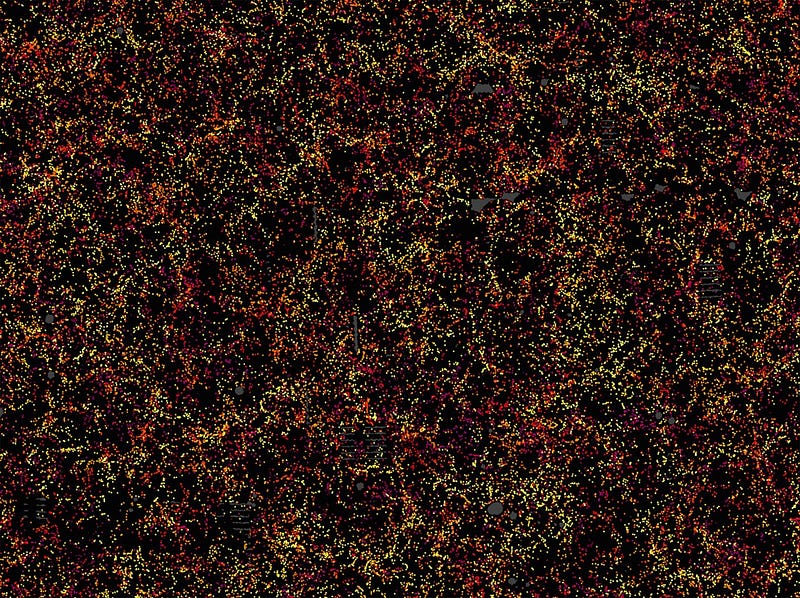
So what happens if we apply this effect to the entire Universe, and try to calculate what the effect ought to be? The answer is simple: we get something that has a form that’s consistent with dark energy, although — once again — the magnitude is all wrong. This is quite possibly, though, a function of the fact that we don’t know what the boundary conditions of the Universe look like, or how to calculate this quantum gravitational effect very well. But it’s an incredible, well-researched possibility that has lots of interesting developments ongoing over the past decade.

Mapping the Universe might turn out to be the easy part. Perhaps it’s not going to be an observational or experimental breakthrough that will lead us to understanding dark energy, the most elusive force in the Universe. Perhaps it’s a theoretical one that’s needed. And perhaps it’s related to the trace anomaly, perhaps its a dynamical quantity that’s changed over time, and perhaps it’s even a sign of extra dimensions. The Universe is out there, and we’ve only recently uncovered this most difficult-to-explain secret. Perhaps the solution, if we’re careful, might lie in the physics we already know.
This post first appeared at Forbes, and is brought to you ad-free by our Patreon supporters. Comment on our forum, & buy our first book: Beyond The Galaxy!





